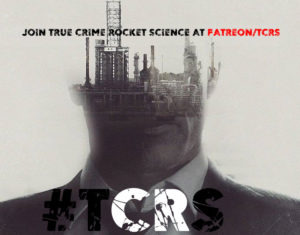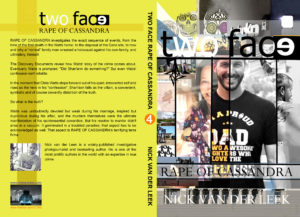The favorite theory of the legions following the Chris Watts case [and the YouTuber Armchair Detective] firmly believe 1) Chris Watts killed his children one in front of the other after a failed first attempt 2) had an accessory help him commit triple murder and 3) his accessory knew his wife was pregnant all along and didn’t really care.
It’s the favorite theory for a simple reason – it’s shocking. Because it’s shocking, it must be true, right?
Wrong. The Vang Gogh myth is an excellent reality in check in this regard. The favorite theory of the legions of art fans following the life and times of one of the world’s most popular [and expensive] artists [and the Van Gogh Museum] firmly believe 1) Vincent van Gogh cut off his ear 2) was mad and 3) committed suicide.
It’s the favorite theory for a simple reason – it’s shocking, and people like to be shocked. They want to be titillitated. In a world that operates on hyperbole and rewards exaggeration, it’s no surprise that no one really cares about the facts or the evidence. They want the version that suits their own depraved sensibilities best.
But what happens when we challenge the popular mythology? What happens when one goes to some effort to check the facts, verify the information and make sure? Well, history tends to be rewritten, even in a case like Vincent van Gogh where that history is over 100 years old.
Take the trait that Van Gogh is most famous for around the world – the mad artist. The most basic thing everyone believes isn’t even true.

This assessment isn’t just one random publication, or written by a single reporter in some arbitrary journal. It made world headlines at the time. The time being September 2016 when the Van Gogh museum invited around 30 international medical experts, professors and art historians to settle the issue definitively, once and for all. Guess what? They couldn’t. They couldn’t offer a modern diagnosis, and instead offered something more “prosaic” – they sort of deconstructed the original diagnosis, which was this:
…temporal lobe epilepsy precipitated by the use of absinthe in the presence of an early limbic lesion….
And essentially replaced it with this:
…temporal lobe epilepsy precipitated by the use of absinthe in the presence of an early limbic lesion….
In other words, they agreed that all of Van Gogh’s symptoms couldn’t really be explained by a disorder or a disease, but it could be explained by a drinking problem. Lousy huh? Instead of a mad artist he was simply an occasionally drunk artist.
Even so, despite this unshocking [and thus unsatisfying assessment] by the medical luminaries, the Van Gogh museum who’d hosted the symposium went ahead with their exhibition eponymously titled On the Verge of Insanity. Everyone loved it.

What lesson do we learn from this? We see that human nature isn’t a reliable conduit for truth. Human nature is prone to projection and transference. Our truth tends to be self-justifying. So where can one turn for a neutral view of the truth, if not to one another, if not to the media, if not to experts, skilled lie detectors in law enforcement, historians and – oftetimes – even medical professionals?
Turn to True Crime Rocket Science – the most credible and authentic voice in true crime.












Recent Comments